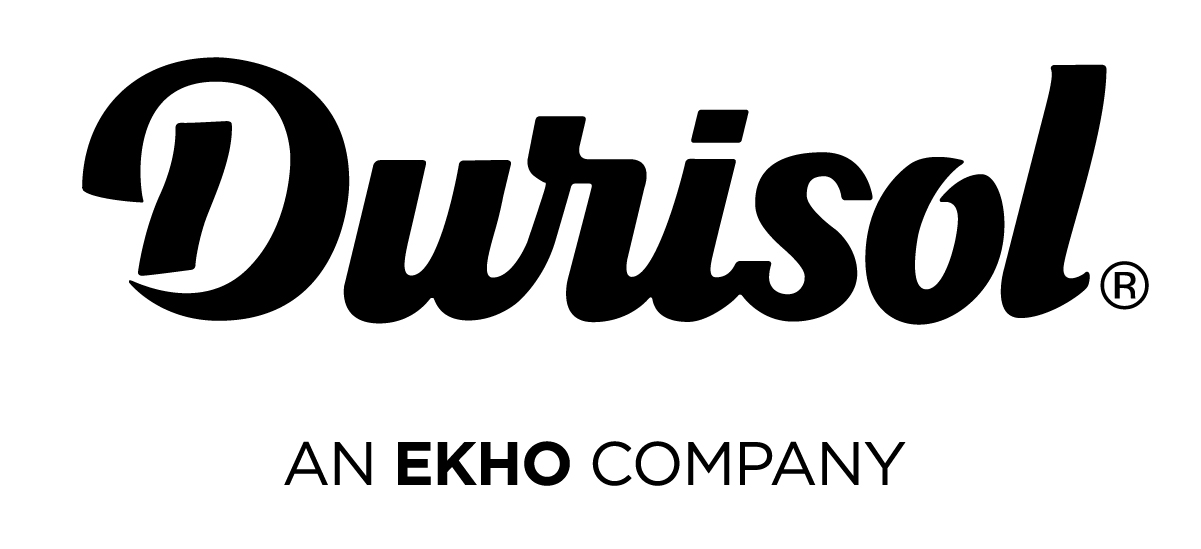In today’s digital landscape, visual content is paramount for capturing user attention and driving engagement. While basic image compression and resizing are common, advanced optimization techniques can significantly improve both user experience and conversion rates. This comprehensive guide explores actionable, expert-level strategies to optimize images for faster load times without compromising quality, ensuring your visual content maximizes engagement across all devices and platforms.
Table of Contents
Implementing Modern Image Formats (WebP, AVIF) for Superior Compression
Traditional formats like JPEG and PNG are well-known but often lead to larger file sizes, hampering load speed. Modern formats such as WebP and AVIF offer superior compression ratios—reducing file sizes by up to 50-70% while maintaining comparable visual quality. To leverage these formats effectively, follow a systematic approach:
- Convert images using dedicated tools: Use command-line utilities like
cwebpor libavif to batch process images. For example, for WebP conversion:
cwebp -q 80 input.jpg -o output.webp“Adopting WebP and AVIF formats can slash image load times dramatically, especially on mobile devices with constrained bandwidth.”
Strategic Lazy Loading for Large Visual Files
Lazy loading defers the loading of images until they are about to enter the viewport, drastically reducing initial page load time. Implementing this technique involves both HTML markup and JavaScript enhancements:
- Use native HTML attributes: In modern browsers, simply add the
loading="lazy"attribute to your<img>tags: - Implement Intersection Observer API for advanced control: For fallback or custom behaviors, utilize JavaScript’s Intersection Observer to monitor when images enter the viewport and then trigger their loading.
- Optimize placeholder images: Use low-resolution or blurred placeholders to improve perceived performance, replacing them with high-quality images once loaded.
<img src="image.webp" alt="Description" loading="lazy">“Lazy loading is no longer optional—it’s essential for delivering a seamless user experience on content-heavy pages.”
Leveraging Content Delivery Networks (CDNs) for Speed Optimization
CDNs distribute your images across geographically dispersed servers, reducing latency and accelerating load times. To maximize benefits:
- Choose a reputable CDN provider: Options like Cloudflare, Akamai, or Amazon CloudFront offer extensive global networks and easy integration.
- Configure cache policies: Set appropriate cache headers (
Cache-Control,ETag) to ensure images are cached effectively without stale content. - Implement smart routing and image optimization features: Use CDN features like automatic image resizing, format negotiation, and adaptive delivery to serve optimized visuals based on device and bandwidth.
“Proper CDN configuration can reduce image load times by up to 60%, especially for global audiences.”
Step-by-Step Action Plan for Implementation
| Step | Action |
|---|---|
| 1 | Audit existing images to identify large or unoptimized files. |
| 2 | Convert images to WebP or AVIF using command-line tools or automation scripts. |
| 3 | Implement lazy loading with native attributes and fallback scripts. |
| 4 | Configure your CDN to serve optimized images and enable adaptive delivery features. |
| 5 | Monitor performance metrics and user feedback to iteratively improve image delivery. |
Real-World Example: Boosting Engagement Through Image Optimization
A leading e-commerce site implemented these advanced image optimization techniques, including converting their product images to WebP, integrating lazy loading, and utilizing a global CDN. The result was a 35% decrease in page load times and a 20% increase in user engagement metrics, such as time on page and conversion rate. Key lessons from their success include:
- Automate image conversion and CDN deployment within their CI/CD pipeline.
- Use low-res placeholders to improve perceived performance during lazy loading.
- Regularly audit and update image assets based on performance data and user device analytics.
“By combining cutting-edge formats with strategic loading and delivery, they transformed a slow-loading page into a high-conversion asset.”

